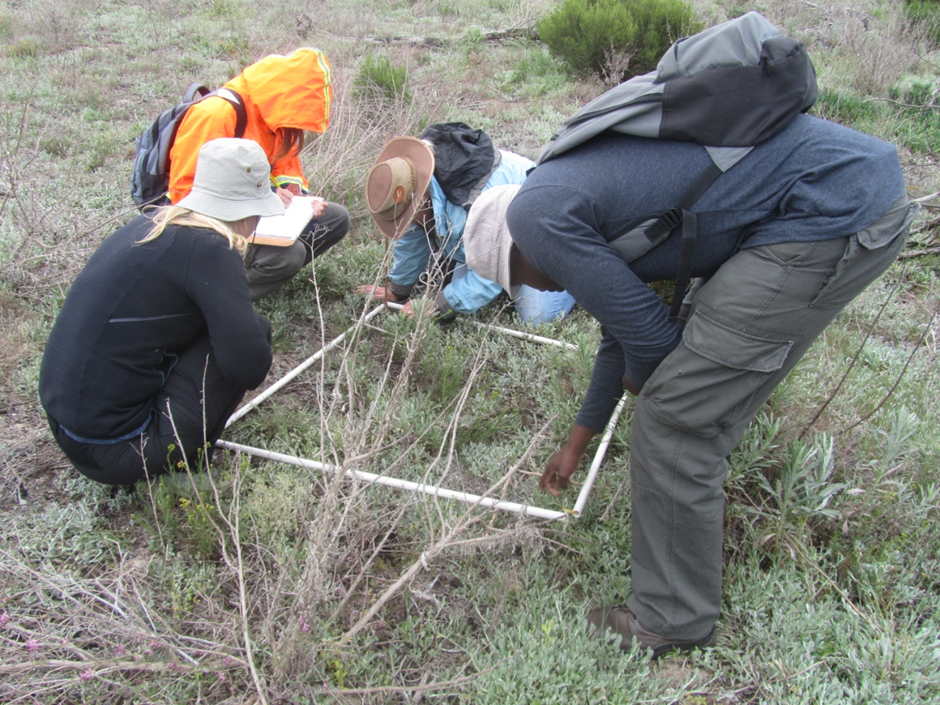Approximately, 70 species of Australian acacias have been introduced to South Africa and at least 14 of these are currently invasive with Port Jackson being one of the most widely distributed species. The fynbos biome is the greatest casualty of Acacia invasions as they have negative impacts on native plant diversity, ecosystem function and services.
It is often assumed that manually clearing invasive species will lead to the reduction of their negative impacts and the recovery of native plant species. The “fell, stack and burn” method, i.e. fell the invasive species, stack the slash and allow it to dry before burning it, has been widely applied to reduce the cover of invasive acacias. However, instead of facilitating the recovery of native plant species, clearing of target invasive species can lead to an increase in the abundance of non-target alien species (secondary invasions).
Data collected for the study showed that up to 32 species can be secondary invaders after the clearing of Port Jackson. This secondary invasion was mainly favored by the burning of the stacked slash (e.g wood, leaves, branches and twigs). The secondary invasion was not habitat-specific and persisted for up to three years after clearing at levels similar to, or higher than the first year after clearing. Fire application after clearing invasive acacias can favor the growth of non-target invasive species. It can also have a positive effect by triggering mass germination of Acacia seeds through low-intensity fires.
As a result, the new study suggests that slash should be spread throughout the restoration site instead of being stacked and burnt. The Acacia seedlings that germinate can be then be manually weeded, mowed or treated with herbicides. Management of secondary invaders can take place afterwards.
“Secondary invasions are the new front line in the management of invasive species” says Mlungele, “we need to start paying attention to them and adapt our management techniques if we are to entertain any hopes of defeating alien species”.
Read the full paper
Nsikani MM, Gaertner M, Kritzinger-Klopper S, Ngubane N and Esler KJ (2019) Secondary invasion after clearing invasive Acacia saligna in the South African fynbos. South African Journal of Botany. doi: 10.1016/j.sajb.2019.07.034
For more information, contact Mlungele Nsikani at mlungele@sun.ac.za
Paper was mentioned on twitter: https://twitter.com/mlungele/status/1160414855079387137

(Photo credit: Mashudu Mashau)


